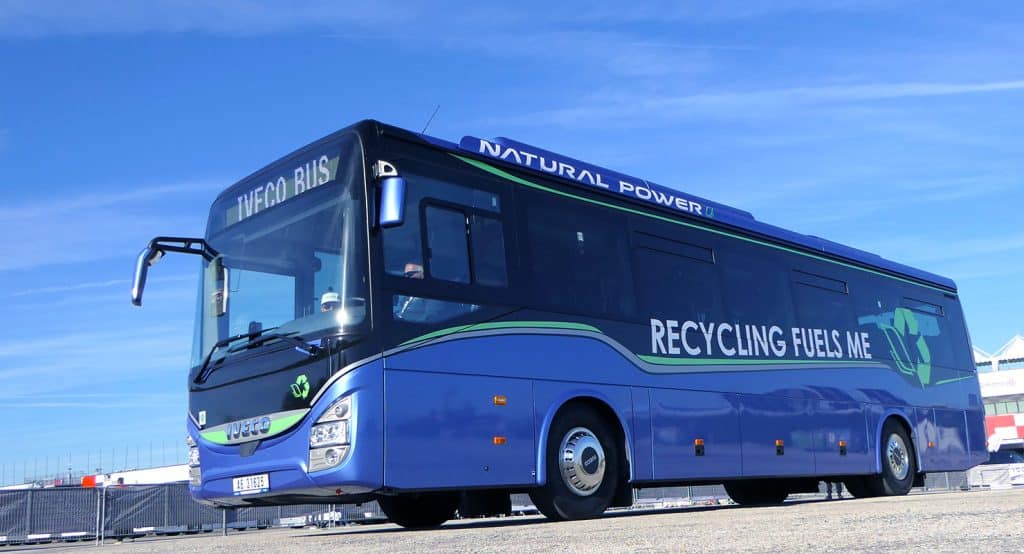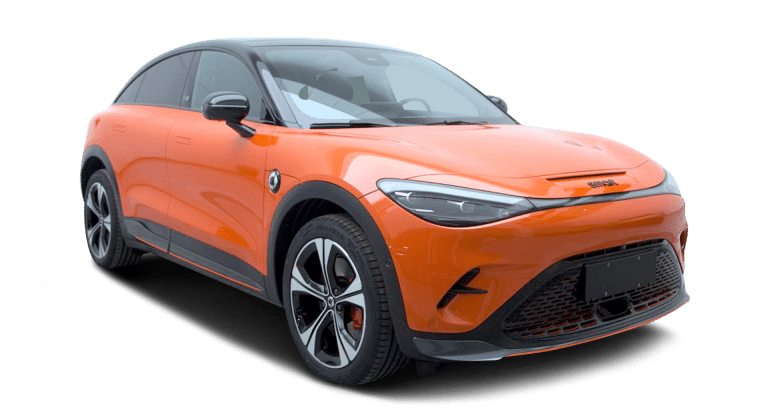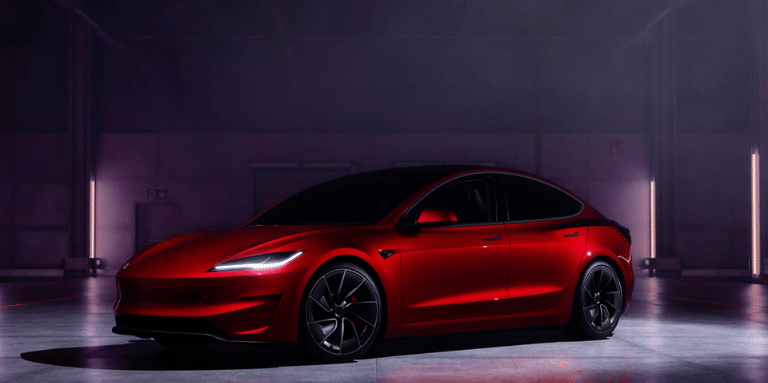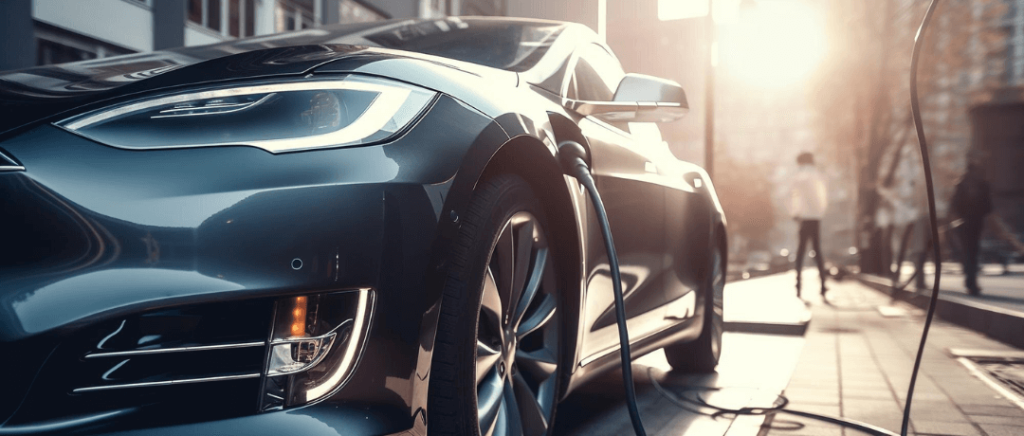The development of multi-energy fleets to support the energy transition in cities
The energy transition is a long-term project that involves fleet changes. With this in mind, Anne Hidalgo has decided, for example, to ban diesel vehicles from the streets of the capital by 2024, and gasoline vehicles by 2030.
See also: [COMPLETE GUIDE [COMPLETE GUIDE] Everything you need to know about your vehicle fleet
The challenge of fleet electrification and its underlying implications
Fleet energy transition
As part of the energy transition for green growth announced in 2015, during the Energy Transition for Green Growth Act: Paris City Hall wanted to set an example. In 2017, it declared that its fleet would be made up entirely of electric and petrol vehicles by 2020.
Hervé Foucard, head of motor transport at the town hall, points to a gradual changeover, favoring hybrid and electric vehicles, and gasoline when such changes were not possible.
During this changeover, the Town Hall notes:
- Changing the fleet saves between €2,000 and €3,000 per vehicle,
- L’entretien est moins coûteux lorsque le véhicule diesel est remplacé (si le véhicule roule <15 000 km/an).
To underline the importance of a rapid energy transition, City Hall has set itself the target of converting convert 90% of its 1,500 vans to electric power by 2021i.e. 1,350 vans.
As part of this energy transition, RATP has announced the "Bus 2025 "in 2019.
The plan is to convert all twenty-five bus centers to electric and biogas power by 2025. This means that 4,600 buses will be converted to clean vehicles, with the following weighting: 80% electric (3,680 buses) and 20% biogas (920 buses).
This change will reduce the company's carbon footprint by 50%. thecarbon footprint of bus traffic.
Good to know: biogas is a gas produced from the fermentation of organic waste (agricultural, industrial, etc.), enabling waste to be reused and offering greater autonomy than electric batteries.
The electrification of its fleets is a first step towards energy transition and sustainable mobility in cities, contributing to the goal of carbon neutrality by 2040.
However, the question remains as to whether the energy transition is taking place simultaneously with businesses, whether there will be sufficient electrical generation capacity and whether there will be enough recharging points. That's what we'll be looking at in this second section.
Is France's electricity generation capacity sufficient to support the development of electric cars?
By 2025, more than five thousand electric vehicles will have made their debut in the capital. And by 2035, electric vehicles will replace internal combustion vehicles. Before considering the energy transition, the question of French power generation capacity was raised.
The answer is yes, according to a report by EDF subsidiary RTE (Rapport de transports électriques), produced in conjunction with the AVERE France association. The electric giant has been asked by Elisabeth Borne not to rely solely on fossil fuels, but to consider a scenario based on 100% green energy.
Electric vehicles will account for 8% of electricity consumption. Consumption and use of other services will decline, offsetting the increase in electricity demand.
However, a study by Accenture points out that such a market shift will entail an energy changeover. The players who will have a role to play in this coming challenge are :
- Current electricity suppliers : historically established, now is the time for transition and adaptation. Partnerships, mergers and the emergence of new players are likely, as part of the development of a new organization to meet growing demand.
- Manufacturers and engineers: the the challenge of energy flexibility This will enable us to smooth out peaks in electricity production, and adapt production capacity to a fixed reference point .
Developing public charging infrastructures
Cities have an essential role to play in the development of public recharging infrastructures. Their deployment decisions have an impact on sustainable mobility.
France is in line with the European average
The European Union recommends a ratio of one charging point for every ten electric vehicles. In September 2019, there were 28,687 recharging points in France. At that time, there was one recharging point for every 7.2 light electric vehicles on the road, equivalent to one recharging point for every nine hybrids. France thus went further than the recommended ratio..
The quarterly barometer from Avere (Association of European Automobile Manufacturers) shows that there are almost 29,600 public charging points across France, up an increase of 15% in one yearincluding 3% in the first three months of 2020. Also, the first two months of 2020 saw 21,783 light electric vehicles registered in France, corresponding to more than 6 months of 2019 registrations.
However, the network of terminals is not as effective as it might first appear.
Hervé Foucard, Head of Transport at Paris City Council, is aware that to achieve the announced targets, it will be necessary to increase the number of public recharging infrastructures.
Progress in the months ahead
The Île-de-France region accounts for 19% of registrations, with 4,092 electric vehicles put on the road. The Paris region has the highest concentration of charging stations, but also the highest concentration of electric vehicles. concentration of electric vehicles.
At the end of February, there were 61,630 electric vehicles and 4,400 charging stations in the Paris region. The weighting is :
- 2512 at normal load
- 1734 in accelerated charge
- 154 fast charge
The concentration of bollards is 14 vehicles per terminal.
The weighting of the Île-de-France terminals is :
The development ofrecharging infrastructure meets the necessary conditions necessarybut is ultimately sufficient. As the deployment of slow charging is restrictive, it is necessary to increase the number of fast charging points.
To ensure efficient deployment, it is necessary to consider :
- The need within metropolitan areas: most will be FEZS by the end of 2020 and 2021. City Hall is encouraging the installation of charging points in inner-city homes.
- Optimizing the participation of private partners: installations are subsidized or co-financed by the French government. For example, the ADVENIR program (Aide au Développement des Véhicules Électriques grâce à des Nouvelles Infrastructures de Recharge) provides up to 40% of the cost of the installation of charging stationsThe ADVENIR program encourages the emergence of new customers.
Despite technological advances in vehicles and recharging systems, there will always be a need for vehicle charging. As for the offers on offer, the trend is towards the generalization of recharging systems in order to offer access to charging to as many customers as possible.
France continues to forge ahead with its energy transition, combining mobility and sustainable development objectives. In the second part, we'll look at the emergence of a new alternative fuel, followed by the example of green cities.
Cities that have risen to the challenge: sustainable development and mobility
Sustainable mobility is a global challenge. Many cities have already taken up the challenge of sustainable cities with some success. Other cities have succeeded in their energy transition without damaging the morale of their residents or reducing their mobility. That's what we'll be looking at in this second part.
Deploying CNG as part of the energy transition for all forms of mobility
At the Assises de la mobilité conference in November 2019, the focus will be on the interest and development potential of gas mobility solutions in France to meet the challenges of energy and environmental transition, via cleaner mobility and improved air quality.
Why CNG?
The alternative of CNG and bioGNV is emerging. It's an alternative to polluting fuels. It concerns trucks and light commercial vehicles only.
At the service of mobility, CNG-powered vehicles are key players in the energy transition for freight and road transport.
The vehicles offered by manufacturers are diversified and allow :
- Range and power comparable to conventional vehicles
- An engine: odorless, smoke-free and half as noisy as a diesel engine
- Improves quality of life for local residents and air quality
- Reduced fine-particle emissions: 80% lower CO2 emissions than a diesel vehicle of the same generation.
CNG in practice
The Total Group counts 1.2 million CNG vehicles on Europe's roads. The CNG market in France is focused on heavy-duty vehicles, to compensate for the short range of electric vehicles in this category. This type of vehicle benefits from an advantageous tax system, known as the suramortissement. It represents 20,000 vehicles, or 2% of the fleet.
Read also - Suramortissement for less polluting trucks: how does it work?
French cities such as Roubaix, Tourcoing, Nancy and Lorraine have begun their energy transition. These include 12% of city buses and 10% of refuse collection vehicles running on CNG.
Other cities, such as Westminster, include waste collection trucks in electric versions and are considering a total conversion of their fleets. This energy transition is in line with the goal of carbon neutrality by 2050, but is also motivated by economic reasons:
- Electric vehicles pay for themselves much better in the long term than diesel vehicles
- Diesel has known harmful effects on the planet and is destined to disappear.
Examples of successful cities: London and the emergence of "green cities".
The energy transition is a challenge for all cities. It takes place at several levels, although transport is the first to be affected, responsible for 38% of CO2 emissions.
Cities that have been able to combine growth and sustainable mobility are no longer part of a Nordic flexicurity model. We now speak of smart city.
What is a smart city?
Smart city" is a term used to describe "intelligent cities". The idea is to let technology permeate the city, making daily life easier for residents without impacting on the environment. The aim is to streamline the key elements that characterize cities, while at the same time taking an ecological approach.
In fact, one of the European Union's priorities is to create a smart city ecosystem, with the aim of experimenting with new ways of both organizing tomorrow's urban life and making a success of cities' energy transition, since smart cities are futuristic cities with the vocation of being sustainable and green.
The smart city market is estimated at 400 billion a year. The principle is attractive, all the more so as the quality of life for residents is improved, and the impact on the environment is zero.impact on the environment.
Pittsburgh, the sustainable city of the United States
Some countries, such as the city of Pittsburgh, took the plunge years ago to create green cities. Pittsburgh. After the United States withdrew from the Paris agreements, the city's mayor turned her attention sustainable green energy production. This thumbing of the nose at the President's choice has generated job growth and economic dynamism. The city employs 13,000 people in the renewable energies and energy efficiency sectors, attracting companies such as Google and Uber, as well as a large number of start-ups.
In France, the green city is on the rise. The best known being Nice, because it was the first to set up a cross-functional organization, including an urban management center and governance dedicated to smart city issues (the smart city Center of Excellence).
The smart city strategy can be broken down into four main areas of application: risk management, the environment, smart mobility and energy. These areas are aligned with the objectives of an accomplished energy transition, which supports the interest of their deployment.
Would you like to switch
to electric?
Beev offers multi-brand 100% electric vehicles at the best prices, as well as recharging solutions.
How can we meet the challenges of energy transition and sustainable mobility in our regions?
Based on what we've seen in this article, it's possible to imagine a "guide" to mobility and sustainable cities.
The territories have a very important role to play in the energy transition and sustainable mobility by implementing a clear policy:

- Gradually banning the most polluting vehicles from its territory This is the case in many of France's major cities, enabling motorists to plan their future purchases by opting for less polluting vehicles.
- Greener public transport Public transport: gradually replacing buses and trucks with less-polluting vehicles. In Paris, for example, RATP has undertaken to replace the entire fleet of twenty-five bus centers with non-polluting vehicles: CNG or electric. The City of Westminster has included 100% electric refuse collection vehicles.
- Leading by example: rejuvenating the fleet fleet by replacing vehicles with 100% electrics and hybrids whenever possible
- Install charging stations and expand their availability in your area: it's very important to install charging stations to support the development of electric cars in your area. This means installing public charging stations in your town or city, following a call for tenders.
- Rewarding good students In most French cities, parking is free parking for electric vehicle owners. This type of policy, which rewards good performers, encourages motorists to take the plunge.
- Local subsidies : a number of local authorities have already approved for the purchase of electric vehiclesbut also for theinstallation of charging stations. Depending on your budget, it is advisable to provide financial support for sustainable mobility to see results quickly.
Mobility and sustainable development in the regions: what we need to remember
Cities play an essential role in the energy transition to sustainable mobility. France is continuing its efforts to combine mobility and sustainable development. The ultimate goal is to make land transport carbon neutral by 2050.
To achieve this, we're seeing the development of multi-energy fleets, turning to more sustainable solutions with non-polluting energies. For the moment, this progress is confined to companies in the utilities sector, but the energy transition for sustainable mobility is becoming increasingly widespread.
Incentives such as subsidies, bonuses and depreciation allowances have been introduced by the French government to support local authorities and businesses wishing to begin or continue their energy transition. Other types of incentives would be beneficial to implement, taking inspiration from the city of Oxford for example. Public- and private-sector organizations that use electric vehicles or offer them to their employees can apply for "Go Ultra Low" status. "Go Ultra Lowstatus, provided they commit to having electric vehicles represent 5% of their fleet by 2020.
The alliance of sustainable development and mobility is a feasible one. The emergence of smart cities confirms this. They prove that there's no need to compromise on growth or mobility to preserve the environment.





